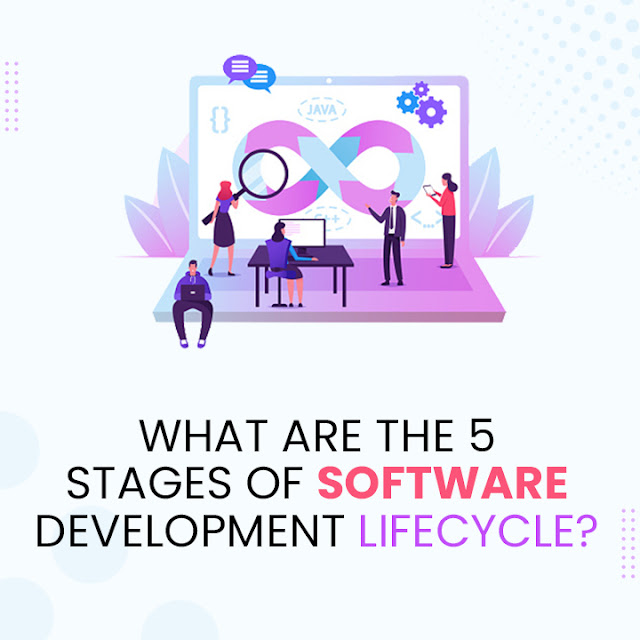11 Best Tips for Outstanding E-commerce Web Development

Today, if you're selling any product--whether salad dressing, sneakers, or anything else, you need to get on the e-commerce train of websites. Ecommerce websites give you the chance to develop your brand, interact with more customers and sell more items, but only if you have the perfect design for your website. A good eCommerce website design relies on choosing the right colors and fonts, images, graphics, and words to entice shoppers to purchase. Your website's design must be able to attract customers, provide an excellent user experience, and showcase your store in the most appealing way possible. How do you create a website that can see your products flying off your shelves? Top 11 E-Commerce Web design strategies to help get your store into the top echelon: 1. Simple is best: When it comes down to designing an e-commerce website, simplicity is always the best. The more components you have on your page (Colors! Banner Ads! ALL THE POP-UPS! ), The more it detracts from the


